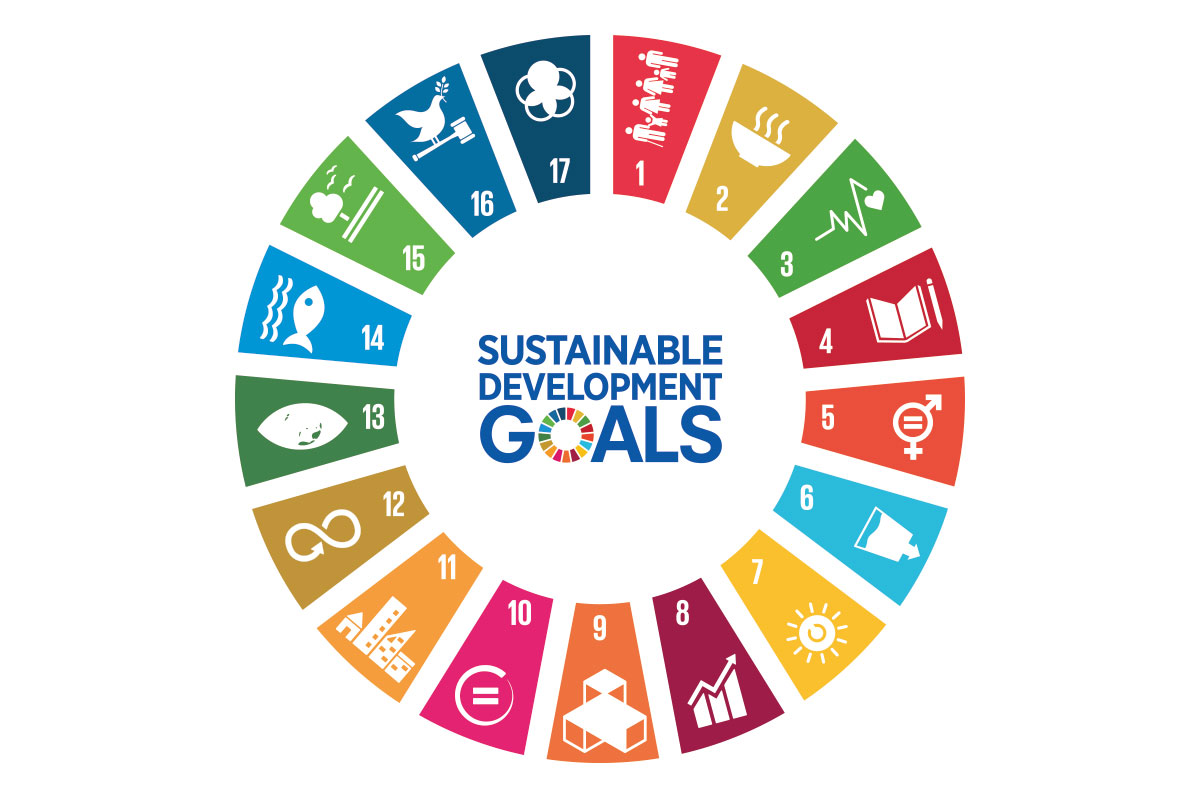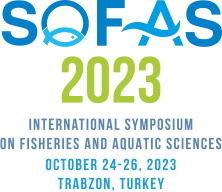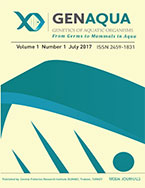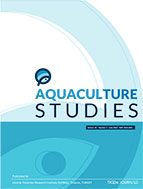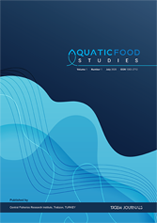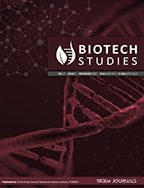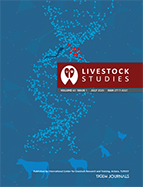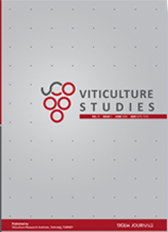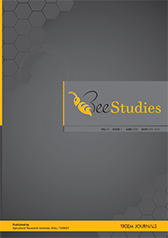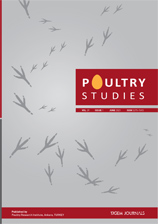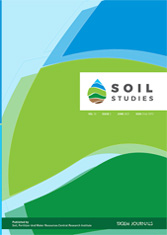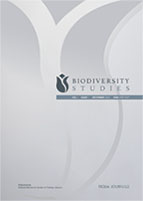Turkish Journal of Fisheries and Aquatic Sciences
2026, Vol 26, Num, 1 (Pages: TRJFAS27622)
Using Different Machine-Learning Algorithms to Predict Dissolved Oxygen Concentration in Rainbow Trout Farms
2 Van Yüzüncü Yıl University, Faculty of Agriculture, Department of Agricultural Biotechnology, Animal Biotechnology Section, Van, Türkiye
3 Van Yüzüncü Yıl University, Institute of Science, Van, Türkiye
4 Fisheries and Aquaculture Branch Directorate, Van Provincial Directorate of Agriculture and Forestry, Van, Türkiye
5 Van Yüzüncü Yıl University, Faculty of Fisheries, Department of Basic Sciences, Van, Türkiye DOI : 10.4194/TRJFAS27622 Viewed : 609 - Downloaded : 1067 Dissolved oxygen (DO) is a vital parameter in intensive rainbow trout aquaculture, directly influencing fish growth, health, and survival. As such, accurate monitoring and prediction of DO levels are crucial for ensuring sustainable and efficient aquaculture practices. This study assessed and compared the predictive performance of four machine learning algorithms Multivariate Adaptive Regression Splines (MARS), Random Forest (RF), Extreme Gradient Boosting (XGBoost), and Averaged Neural Networks (avNNet) in estimating DO concentrations based on a range of water quality parameters. A total of 120 samples were collected from 12 rainbow trout farms across Türkiye. The input variables included suspended solids, electrical conductivity, turbidity, nitrate, nitrite, ammonia, ammonium, orthophosphate, pH, water temperature, and total phosphorus. DO levels ranged between 8 and 15 mg/L. Model performance was evaluated using Mean Absolute Error (MAE), Root Mean Square Error (RMSE), Mean Absolute Percent Error (MAPE), and the coefficient of determination (R²). All models demonstrated strong predictive accuracy, with XGBoost achieving the best overall performance (MAE: 0.44, RMSE: 0.58, MAPE: 0.04, R²: 0.78), followed by RF, avNNet, and MARS. These findings highlight XGBoost as a robust predictor of dissolved oxygen levels in aquaculture systems, which may contribute to improving water quality management and increasing productivity in rainbow trout aquaculture. Keywords : Aquaculture Machine learning Rainbow trout Water quality


